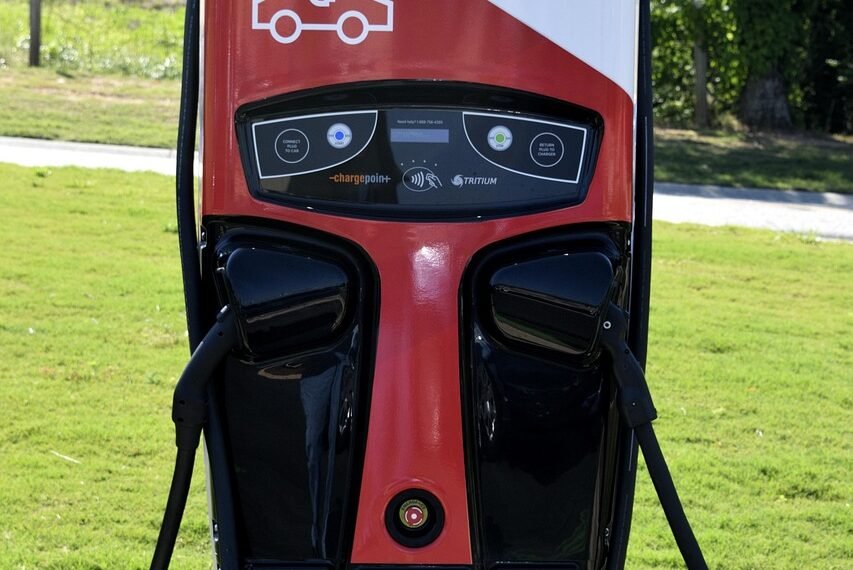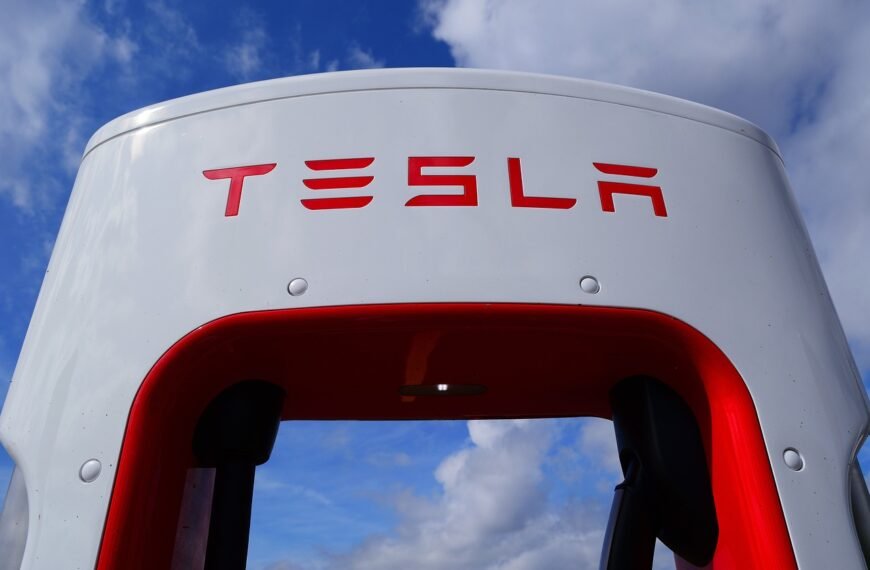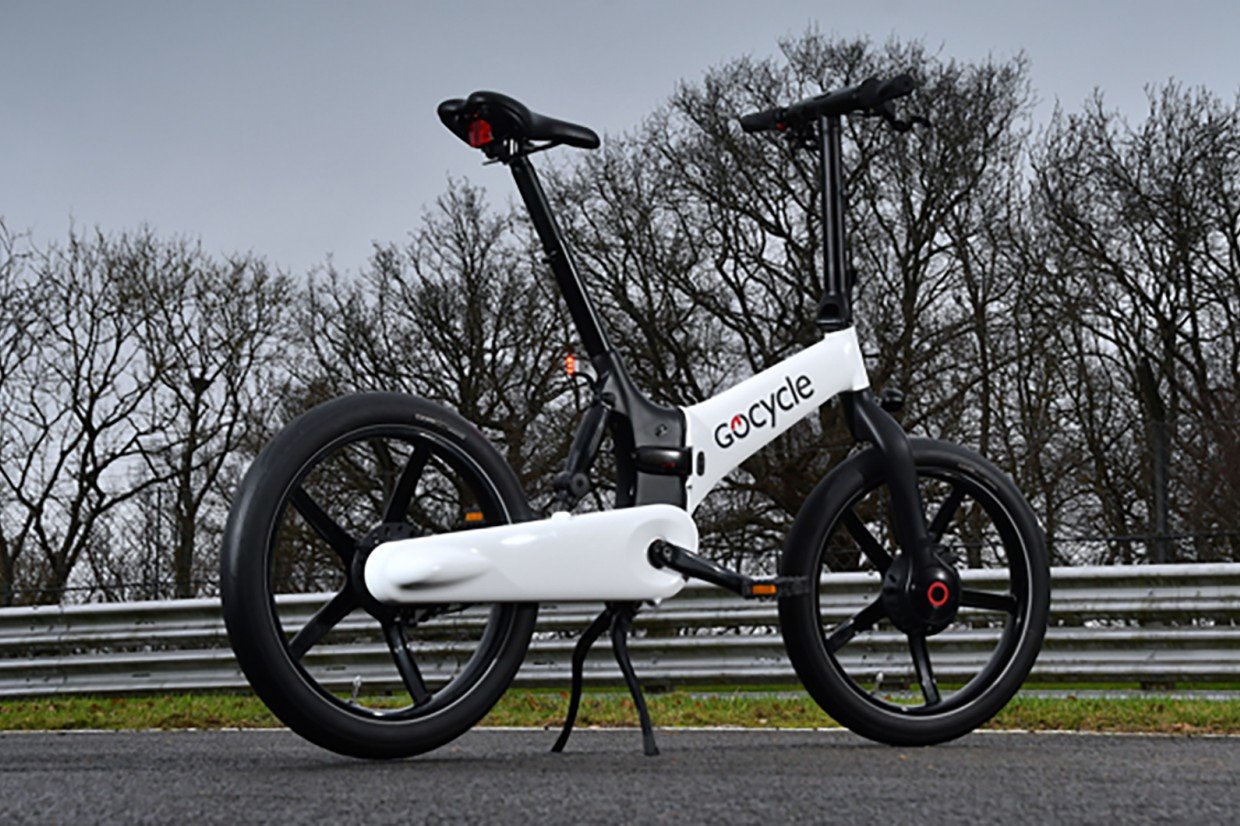Tesla just delivered a financial report full of contrasts. While the electric vehicle giant hit a new high in quarterly revenue, its profits took a significant step back. This situation highlights the intense pressures and strategic shifts the company is navigating in the rapidly evolving auto market.
Driven by a surge of American buyers eager to claim a $7,500 federal tax credit before it expired, Tesla’s revenue climbed to a record $28 billion. However, this sales success didn’t translate to the bottom line, as profits fell by 37% compared to the same period last year.
Several key factors contributed to this profit squeeze. The company faced substantial financial headwinds, including over $400 million in costs from import tariffs on parts and raw materials. At the same time, Tesla is heavily investing in its future, with research and development spending – particularly in ambitious artificial intelligence (AI) and robotics projects – weighing on current earnings.
The competitive landscape is also heating up. Tesla is battling strong rivals like China’s BYD, and while its sales grew, competitors like Ford and Hyundai posted even stronger U.S. sales growth in the same quarter. To attract buyers, Tesla introduced incentives like interest-free loans and launched a new six-seat version of its popular Model Y, which was well-received in China.
Looking ahead, Tesla is making moves to boost sales without the help of the expired tax credit. The company recently unveiled more affordable versions of its Model Y and Model 3 vehicles. However, investors seemed unimpressed, and the company has faced criticism for being slow to offer budget – friendly options, a factor that may have allowed competitors to gain ground.
As Tesla continues its high-stakes pivot from a pure car company to a leader in AI and robotics, balancing today’s costs with tomorrow’s innovations remains its biggest challenge.






















